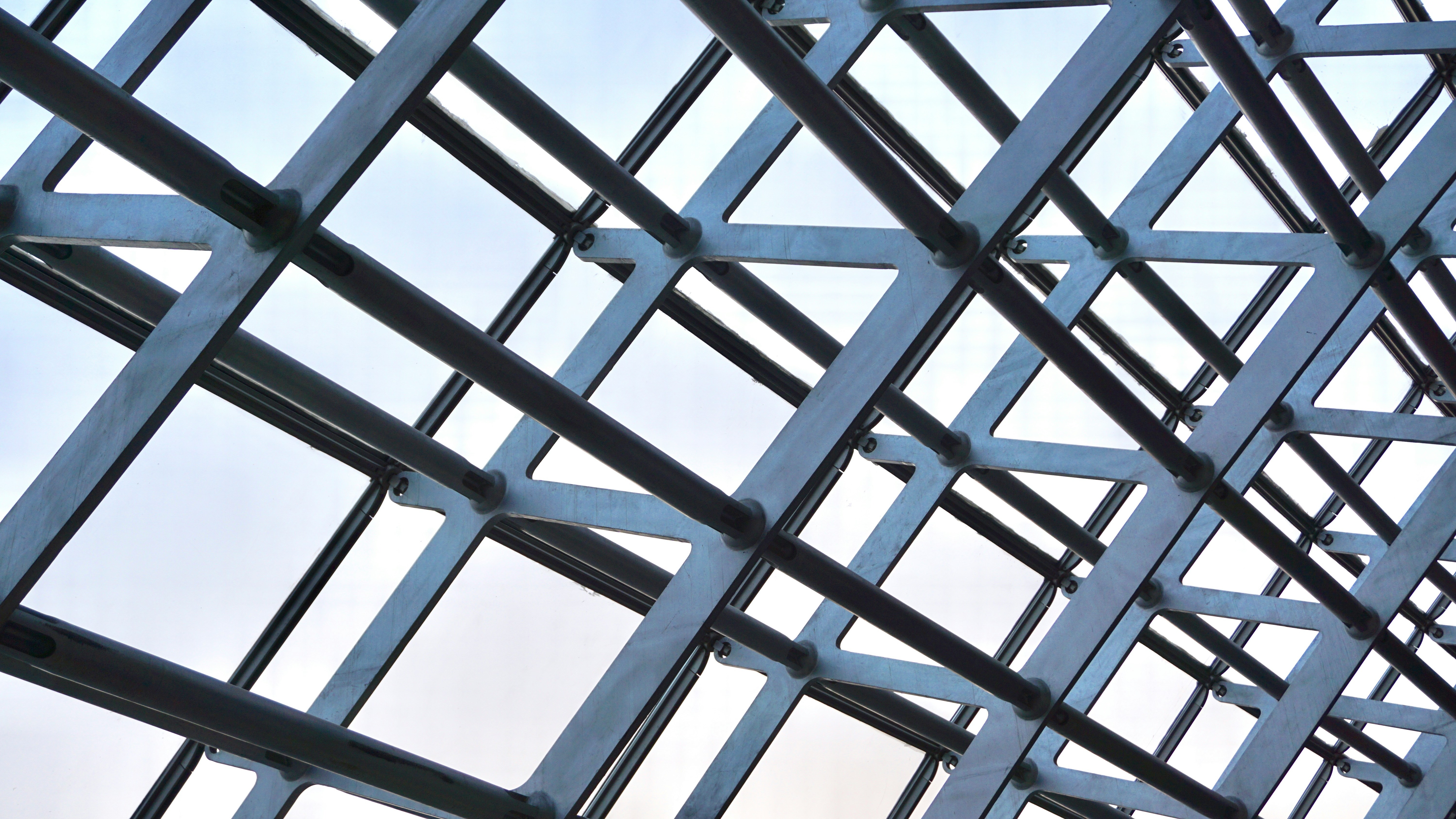What Factors Influence the Cost of Die Cast Molds

The cost of die casting molds depends on several factors that influence their design and production. Material selection plays a significant role, often accounting for 15% to 30% of the total price. For example, molds for commercial use typically range from $11,000 to $19,000, while industrial molds can cost between $100,000 and $150,000. Design complexity, size, and tooling lifespan also impact the casting cost. Multi-cavity molds, though initially expensive, can reduce the cost per part over time. By understanding these factors, you can better manage the die cast mold price and achieve long-term savings.
Material Selection and Its Impact on Die Cast Mold Price

Common Materials for Die Casting Molds
Choosing the right mold material is critical in the die casting process. Different materials offer unique properties that affect the performance and cost of die-casting molds. Common options include:
H13 Tool Steel: Known for its toughness and thermal fatigue resistance, it is the most widely used material for die-casting molds.
NAK80 Tool Steel: Offers excellent wear resistance and dimensional stability, making it ideal for high-precision applications.
8407 Tool Steel: Highly resistant to heat and corrosion, suitable for high-pressure environments.
Aluminum: A cost-effective choice for low-volume or prototype molds, though it has a shorter lifespan compared to steel.
The material cost depends on the expected production volume. For instance, standard steel may suffice for 10,000 parts, but high-grade steel is necessary for larger runs, increasing the price.
Cost vs. Durability: Steel, Aluminum, and Specialty Alloys
The cost of die casting molds varies significantly based on the material used. Steel, particularly H13, is a popular choice due to its durability and ability to withstand high temperatures. However, it comes with a higher price tag. Aluminum, on the other hand, is less expensive but less durable, making it suitable for short production runs. Specialty alloys like 8407 steel provide enhanced resistance to wear and heat but require more energy to process, further increasing costs.
Each material's melting point also impacts the die casting process. Higher melting points demand more energy, raising production expenses. Additionally, heavier materials like steel require longer processing times, which can add to the overall cost.
Long-Term Savings Through Material Optimization
Optimizing mold material can lead to significant long-term savings. For example, switching to aluminum for low-volume production can reduce material costs by 30%. Similarly, using multi-cavity molds with high-grade steel increases production efficiency, cutting cycle times by 20% and reducing per-part costs by 25%.
Design improvements also play a role. Simplifying mold designs can lower material usage by 15%, while advanced cooling systems can reduce cooling times by 40%. These strategies not only enhance efficiency but also extend the lifespan of die-casting molds, ensuring better cost management over time.
Mold Design and Complexity in Determining the Cost of Die Casting
Simple vs. Complex Mold Geometries
The complexity of mold design plays a significant role in determining the cost of die casting molds. Simple geometries require less material and fewer machining steps, making them more affordable. In contrast, complex designs demand advanced tooling, additional materials, and longer production times.
Complex molds often include intricate features like undercuts, threaded elements, or detailed engravings. These features require specialized tools and techniques, increasing both labor and tooling costs.
The size and projected area of the casting also influence the mold design. Larger or more intricate molds may require higher tonnage machines, further driving up expenses.
Simplifying mold designs can help you reduce costs. For example, minimizing undercuts or maintaining uniform wall thickness prevents defects and reduces material waste. A streamlined design not only lowers the die cast mold price but also improves production efficiency.
Multi-Cavity Molds and Their Cost Implications
Multi-cavity molds offer a way to optimize production for high-volume orders. These molds allow you to produce multiple parts in a single cycle, significantly reducing the cost per part. However, they come with higher upfront costs due to increased material, labor, and energy requirements.
While multi-cavity molds are cost-effective for large-scale production, they pose challenges. If one cavity fails, the entire mold may become unusable, leading to downtime and additional repair costs.
Maintenance for these molds is also more expensive compared to single-cavity molds. Despite these challenges, the long-term savings in high-volume production often outweigh the initial investment.
Design Features That Drive Up Costs
Certain design features can significantly increase the cost of die casting molds. Tight tolerances, intricate engravings, and advanced cooling channels require precise calculations and specialized tooling. These features not only raise tooling costs but also extend production times.
Features like slide lifters or multiple cavities add to the complexity in design, further increasing expenses.
The material used for molds accounts for 15% to 30% of the total price, and complex designs often require more material.
By focusing on essential features and avoiding unnecessary complexities, you can manage costs effectively. For instance, an automotive manufacturer reduced costs by simplifying an alternator housing design, eliminating unnecessary undercuts and intricate details. This approach highlights how thoughtful mold design can lead to significant savings.
Equipment and Manufacturing Processes for Die Casting Molds
Advanced Machinery and Its Role in Cost
The type of machinery used in die-casting mold processing significantly impacts the cost. Advanced tools like CAD/CAE systems allow engineers to simulate the flow and solidification of molten metal. This technology helps identify potential defects early, reducing the need for costly rework. Larger molds require machines with higher clamping forces, which increases the manufacturing cost. For example, cold chamber machines are essential for materials like aluminum due to their high melting points, but they are more expensive than hot chamber machines.
Investing in advanced casting equipment can optimize the die casting process. High-speed injection machines and automated part handling systems reduce cycle times, improving efficiency. While these machines come with a higher initial price, they lower long-term production costs by enhancing precision and reducing waste.
Labor Costs and Production Time
Labor costs play a crucial role in determining the price of die casting molds. Skilled labor accounts for 30% to 50% of the total expenses in mold manufacturing. Efficient workforce management and training programs can help reduce errors and improve productivity.
Skilled personnel costs include wages, benefits, and training expenses.
Shorter cycle times lower production time, reducing overall costs.
Training programs enhance operational efficiency, minimizing defects during mold manufacturing.
By focusing on production efficiency, you can manage labor costs effectively. For instance, optimizing mold design and using advanced machinery can reduce the need for manual intervention, saving both time and money.
Prototyping and Additive Manufacturing
Prototyping is a critical step in die-casting mold processing. It allows you to test mold designs before full-scale production, minimizing errors and ensuring quality. Additive manufacturing, such as 3D printing, has revolutionized prototyping. It enables the creation of complex geometries at a fraction of the cost and time required by traditional methods.
Simulation tools also play a vital role in prototyping. They predict part behavior during the die casting process, allowing for adjustments that prevent costly rework. By leveraging these technologies, you can optimize mold manufacturing and reduce overall expenses.
Post-Production Costs and Maintenance of Die Casting Molds
Surface Treatments and Finishing Processes
Surface treatments and finishing processes play a vital role in enhancing the performance and lifespan of die casting molds. These treatments improve surface quality, reduce wear, and protect molds from corrosion. While they add to the initial cost, they often result in long-term savings by reducing maintenance needs and extending mold life.
Some common surface treatments include:
Design for Manufacturing (DFM): Simplifies part designs, reducing tooling costs.
Standardization of Components: Lowers lead times and expenses by using uniform parts.
The table below highlights popular surface treatment methods and their purposes:
Surface Treatment Method | Purpose |
|---|---|
Chrome Plating | Improves corrosion resistance and surface finish |
Sandblasting | Enhances surface texture and finish |
Polishing | Provides a smooth surface finish |
By selecting the right surface treatment, you can optimize mold performance while managing the overall price effectively.
Heat Treatment and Durability Enhancements
Heat treatment is critical for ensuring the durability of die casting molds. This process strengthens the mold material, making it resistant to wear and high temperatures. High-quality rapid quenching procedures are essential for extending mold life. However, improper heat treatment or equipment issues can lead to early mold failures, increasing costs.
The process must balance metallurgical properties to prevent distortion while maintaining strength. For example, choosing high-performance mold steel combined with precise heat treatment can significantly enhance durability. Although heat treatment adds to the upfront cost, it reduces the need for frequent repairs, saving money over time.
Maintenance and Repair Costs
Regular maintenance is essential for keeping die casting molds in optimal condition. Neglecting maintenance can lead to defects, downtime, and higher repair expenses. Common maintenance tasks include cleaning, lubrication, and inspecting for wear or damage. Proactive maintenance minimizes unexpected failures and extends mold life.
Repair costs depend on the severity of the damage. Minor repairs, such as fixing surface cracks, are relatively inexpensive. However, major repairs, like replacing damaged cavities, can be costly. By investing in routine maintenance, you can avoid expensive repairs and ensure consistent production quality.
Order Quantity and Volume: Economies of Scale in Die Casting
How Larger Orders Reduce Per-Unit Costs
Producing die casting molds in larger quantities can significantly lower the cost per unit. This happens because fixed costs, such as tooling and setup expenses, are spread across a higher production volume. For example:
Initial setup costs, like mold design and manufacturing, remain constant regardless of the order size.
Larger orders allow you to distribute these fixed costs over more parts, reducing the price per unit.
By increasing production volume, you can also improve equipment utilization and minimize downtime. Standardizing components and materials further enhances efficiency, reducing lead times and overall costs. Effective planning ensures that you maximize these benefits, making large-scale production more cost-effective.
Challenges of Small Batch Production
Small batch production presents unique challenges that can drive up costs. These include:
Challenge | Description |
|---|---|
Significant upfront investment for mold design and manufacturing, making it less cost-effective for small runs. | |
Design Limitations | Restrictions on design complexity, requiring optimization to avoid defects. |
Porosity and Air Entrapment | Issues with trapped air or gases leading to weakened parts, necessitating effective venting and pressure control. |
Shrinkage and Dimensional Accuracy | Natural shrinkage during cooling can cause dimensional inaccuracies, requiring precise mold design. |
Cracking and Solidification Defects | Cracking due to thermal stresses and uneven cooling, needing careful control over cooling rates. |
Tool Wear and Maintenance | High-pressure casting leads to rapid tool wear, increasing maintenance needs and potential downtime. |
These factors make small batch production less efficient and more expensive compared to larger orders.
Strategies for Cost Optimization in Low-Volume Runs
You can adopt several strategies to reduce costs in low-volume die casting production:
Simplify part designs through Design for Manufacturing (DFM) to lower complexity and costs.
Optimize wall thickness to decrease material usage and cycle times.
Reuse or modify existing molds to save on tooling expenses.
Select lightweight alloys like aluminum to reduce costs and improve performance.
Invest in high-quality tooling to extend mold lifespan and minimize replacements.
Use family molds to produce multiple parts in one cycle, enhancing efficiency.
Automate die-casting processes to lower labor costs and improve consistency.
By focusing on simplicity and efficiency, you can manage expenses effectively, even for small production runs.
Understanding the factors that influence the cost of die casting molds can help you make smarter decisions. Material selection, design complexity, and manufacturing processes all play a role in determining the final price. To reduce costs, you can optimize product designs, consolidate components, and choose cost-effective materials like aluminum. Efficient mold maintenance and process automation also extend mold life and improve production efficiency.
Partnering with experienced manufacturers ensures consistent quality and innovative solutions. High-quality molds may require a larger upfront investment, but they deliver long-term savings by reducing downtime and lowering the cost per unit in large production runs. By focusing on these strategies, you can effectively manage the die cast mold price and achieve better results.
FAQ
What is the typical lifespan of a die casting mold?
The lifespan depends on the material and usage. High-quality steel molds can last for 100,000 to 150,000 cycles, while aluminum molds may only last for 10,000 cycles. Proper maintenance extends the lifespan significantly.
How does mold complexity affect production time?
Complex molds require more machining and assembly time. Features like undercuts or intricate details increase production time. Simplifying the design reduces manufacturing time and improves efficiency.
Can you reuse a die casting mold for different parts?
You can reuse molds for similar parts with minor modifications. However, creating entirely different parts usually requires a new mold. Reusing molds saves costs but limits design flexibility.
How does order volume impact the price of die casting molds?
Larger orders reduce the per-unit cost by spreading fixed expenses like tooling and setup over more parts. Small batch production increases costs due to higher tooling expenses per unit.
What are the main maintenance tasks for die casting molds?
Regular maintenance includes cleaning, lubrication, and inspecting for wear or damage. These tasks prevent defects, reduce downtime, and extend the mold’s lifespan.
See Also
Guidelines for Evaluating Die Casting Molds Prior to Production
Finding the Optimal Closing Force for Die Casting Products
Comprehensive Instructions for CAD Design in Die Casting
Exploring Advantages of CAE Analysis in Die Casting
Enhancing Durability of Diecast Products Through Electroplating
About Hunan Puka
Established in 2016 and based in Hunan, China, with a liaison point in Berlin, we are a Tier 2 supplier for the automobile industry. We specialize in the production of customized aluminum die-casting parts designed for machines with a closing force ranging from 280 to 1250 tons, with subsequent manufacturing process CNC machining and surface treatment. Our commitment to quality is reflected in our accredited quality management system, certified by ISO9001:2015 and IATF16949:2016 standards.


